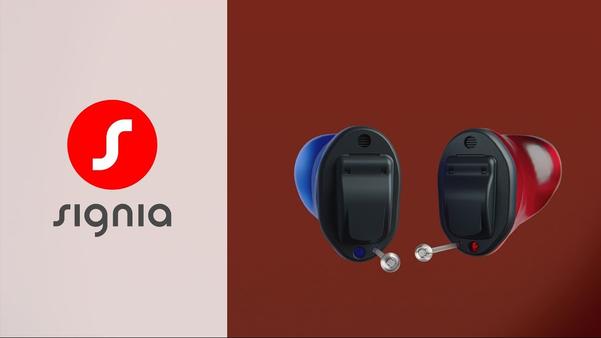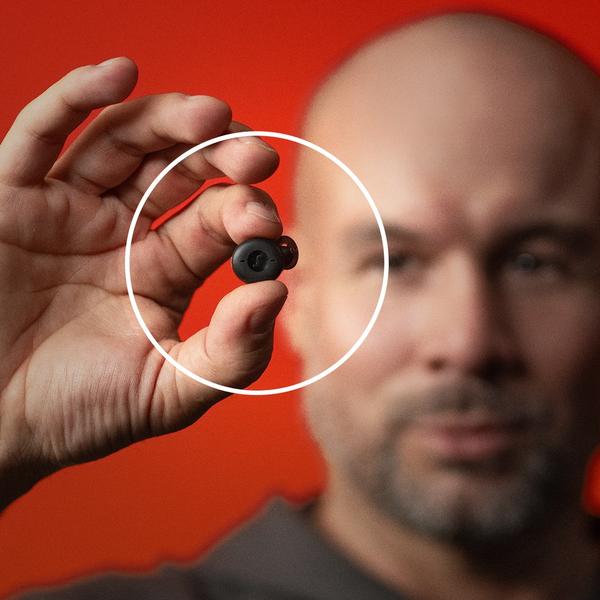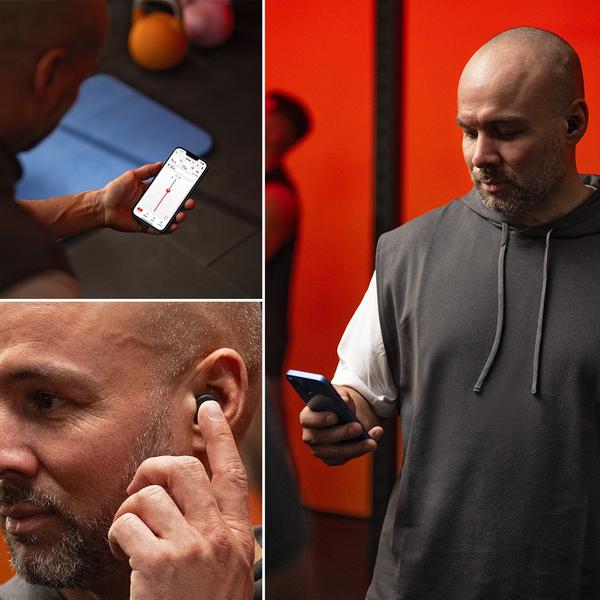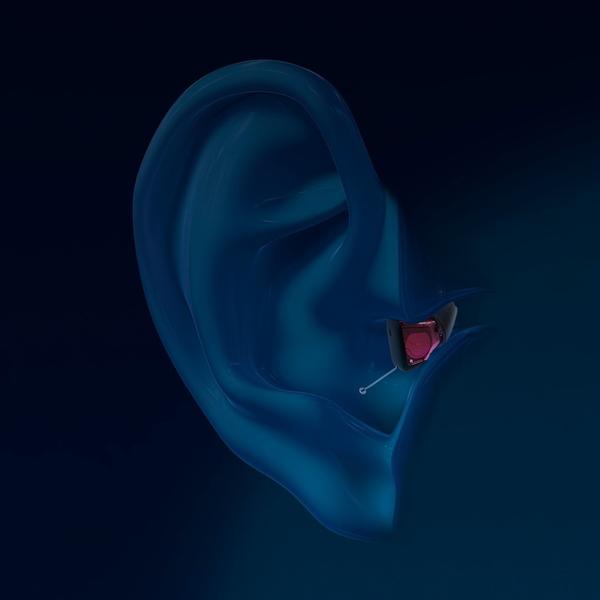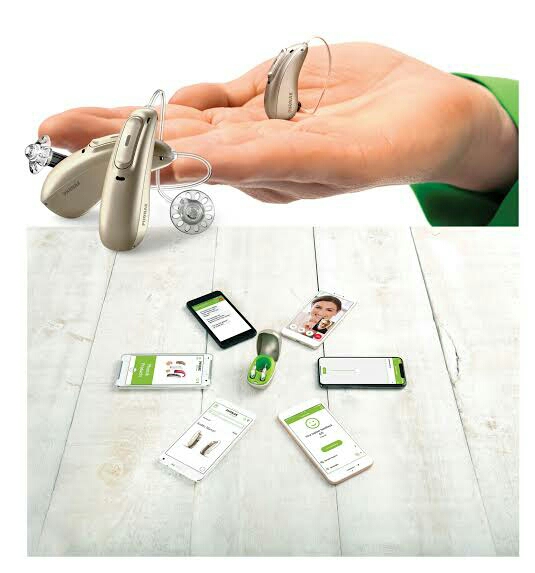
Bluetooth Hearing Aid Technology & The Computer Chips That Make it Happen
In 1996 we saw the first generation of Digital Hearing Aids. Since that time, hearing aid technology has advanced so rapidly that it is almost impossible to remember what these first generation of digital devices were like.
Now in 2019, we have hearing aids that are a fraction of the size, with computer chips that are more advanced than used in computers that sent humans to outer space. The complexity of today's modern digital chips are mind boggling. It would be like comparing the airplane that the Wright Brothers flew for the first time to a Stealth Fighter Jet.
This new chip technology allows us to do some crazy things with hearing aids, but few things are quite as exciting as the wireless capabilities of these devices.
Today's hearing aids can wirelessly stream almost any audio directly into your hearing aids including Music, Podcasts, Movies, Audiobooks, & Television. However, there is so much more that you should be able to do with wireless technology.
The problem with most hearing aids is the limitation of wireless protocols due to Technology and Size limitations of their computer chips. They must be advanced enough to have the required components, but small enough to fit inside of a hearing aid. In fact, most hearing aids are limited to 2 wireless protocols if they have any at all.
But that is where Phonak, With the new SWORD 3.0 chip inside of their Marvel Hearing aids, they managed to incorporate 5 different wireless protocols on a chip that is only 6 square mm. Which is about half the size of a chip used in an Apple iPhone.
Even more shocking is the complexity of the new SWORD 3.0 chip. In order to have Million transistors on a chip this small, the size of the components had to be extremely small. A single connector is only 40 nanometers thick. Compare this to a single strand of hair that is 60, 000 nanometers thick. Yes, that is 40 vs 60, 000 which just goes to show how microscopic things are on this new chip.
It took Phonak 5 years to develop this chip and took approximately 50 engineers 200, 000 hours to create. If a single engineer worked on this chip for 12 hours per day, it would have taken over 45 years to develop.
Keywords
first generation
microscopic things
new chip technology
Marvel Hearing aids
40 nanometers thick
required components
2 wireless protocols
000 nanometers thick
modern digital chips
Digital Hearing Aids
wireless capabilities
wireless protocols due
Bluetooth Hearing Aid Technology
incorporate 5 different wireless protocols

